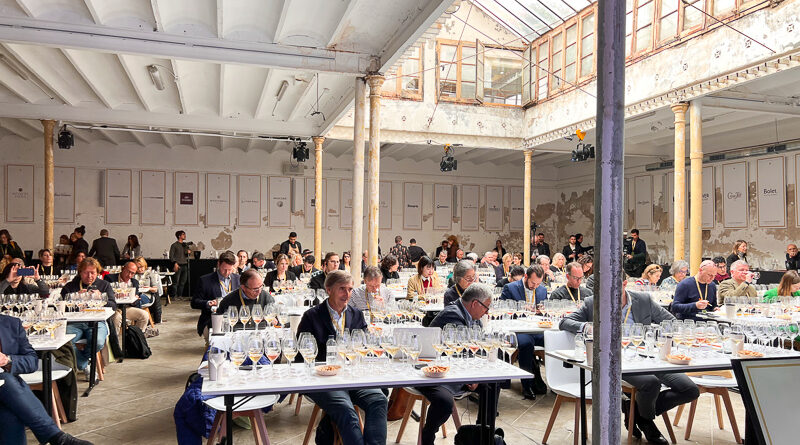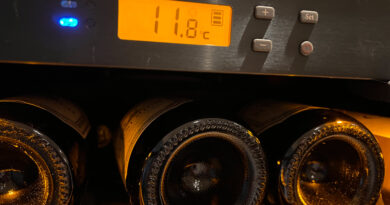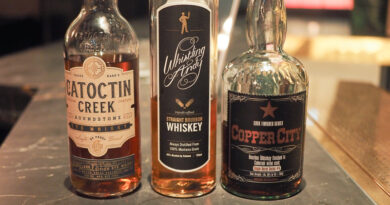The inaugural Cava Meeting: a serious, focused event looking at this important sparkling wine
I’m just back from two days of deep immersion into all things Cava: the inaugural Cava meeting, held in Barcelona, November 27/28 2023.

It was a great success, and brought together an illustrious cast of wine and food folk to discuss, taste and also visit wineries, in a packed program, but one that didn’t feel too onerous.
What take-aways do I have? First, I’ll qualify what is to follow: these are my personal opinions, and they don’t necessarily reflect the overall balance of content of the meeting. Other people may have come away with quite different messages.
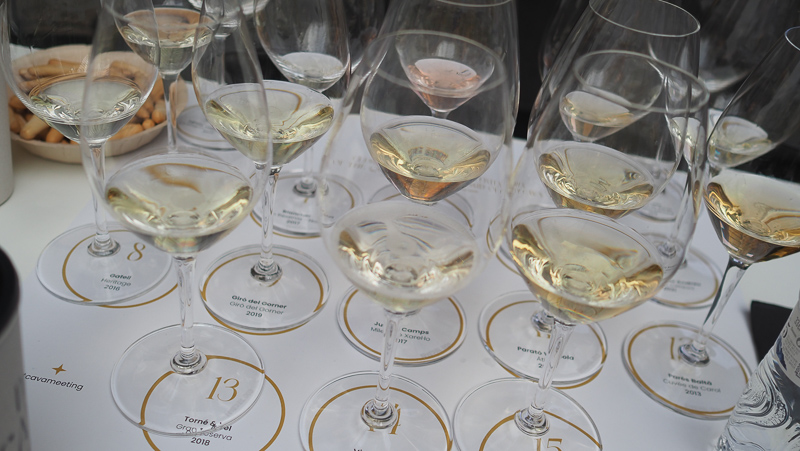
When we talk of Cava, we talk of a very broad DO that ranges from inexpensive sparkling wines that hit the market quite quickly, to very serious wines that have seen many years on their lees and which come from specific vineyard sites. For this reason, it’s helpful to segment the market.
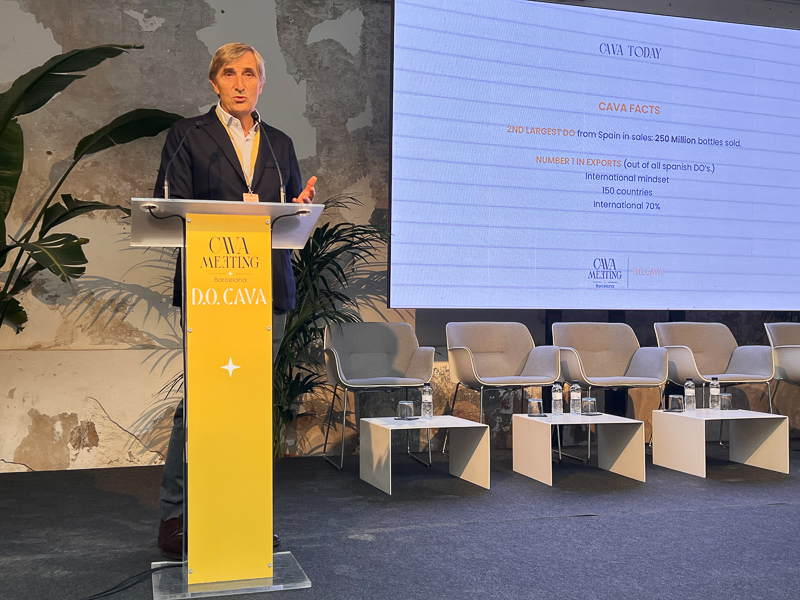
The inexpensive, younger wines offer pleasure to people who aren’t interested in the details: the soils, the way the wine is made, or where the wine comes from. They are flavourful bubbles at an affordable price. These are most of the customers for Cava, and so they are important, and companies who service this end of the market can’t be left behind (but, likewise, the big companies shouldn’t be driving the direction of Cava). These low-involvement consumers are also quite hard to reach and educate: they aren’t going to read about Cava, no matter how accessible the writing is. The best chance to speak to them is at the point of purchase: they might read what’s on the bottle.
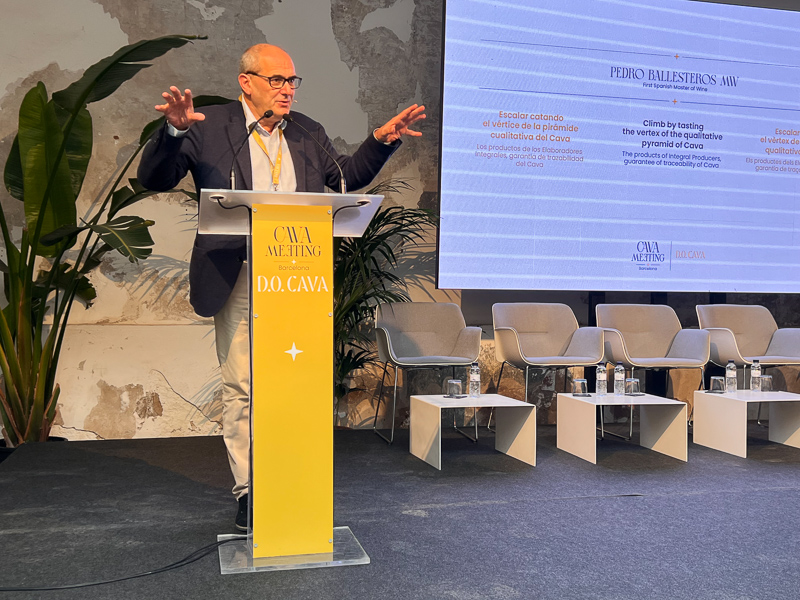
The more serious wines that Cava is now making are wonderful ambassadors for the DO. They have personality and a back story, and they are worth talking about. Most people aren’t aware these wines exist, but they are peers to the great sparkling wines made elsewhere in the world. They are interesting to more involved consumers, but these are fewer in number. However, they tend to be keen on wine and devour wine writing and information. These are very important wines for the region, because they build up brand equity and scatter star dust over the category as a whole.
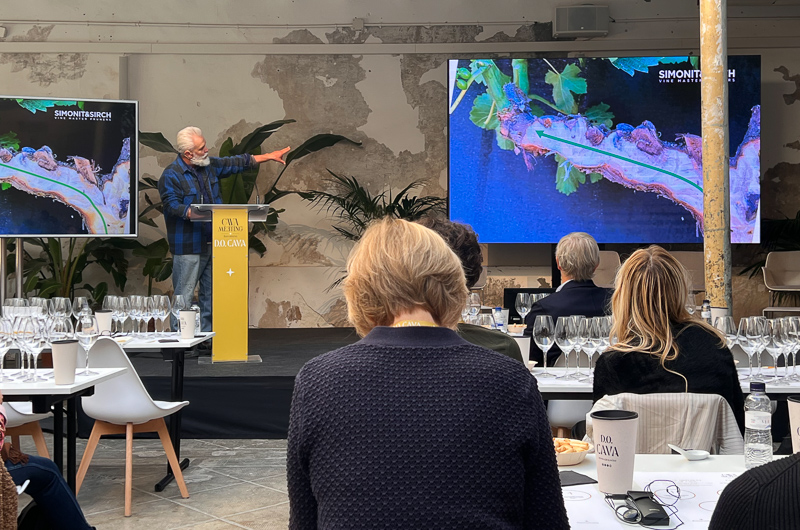
Cava is a brand, and this notion of brand equity is an important one. The brand promise of Cava is that when you buy a bottle, you will get a high quality sparkling wine, made by the traditional method, with a sense of personality and perhaps also place. Brand equity is built by good examples of Cava, but it can also be spent or lost when people experience a disappointing bottle. Equity can also be bought by market work, getting people to taste the wines if they’ve not tried Cava before, by advertising campaigns and articles in wine media. The important things is that this equity is built up and any bad wines that cause the equity to bleed away are eliminated. Easier said than done, I know, but it is important. All appellations-as-brands face this challenge.
There is one structural problem in Cava that is causing an ongoing problem, and this is the car crash represented by the different zones. 95% of Cava comes from Penedes, but the story of origin becomes impossible to communicate once you mention the other zones: places like Rioja and Valencia that have nothing in common with Penedes, but which were grandfathered into the DO when it was formed. This makes it hard to argue that this Cava a wine of place just as much as ity is a wine of process. The distinctiveness of Penedes should be part of the Cava story, and the only way forward may be to introduce a new tier of Cava, that’s reserved for wines from Penedes. Some might argue that the grouping of the Penedes regions under Comtats de Barcelona already does this, but it’s not using the name Cava and thus doesn’t build brand equity into this name. Comtats de Barcelona (95% of production) has five sub-regions (Valls d’Anoia Foix, Serra de Mar, Conca dei Gaia, Serra de Prades, Pla de Ponent). Then in Rioja, Vall del Ebro has two subzones (Alto Ebro, Valle del Cierzo). There’s Vinedos de Almendralejo, inland from Badajoz, the border with Portugal. And Zona de Levante (name yet to be determined) close to Valencia.
There are some Cava sub-brands which I think could have traction in the marketplace, and which have been well thought out.
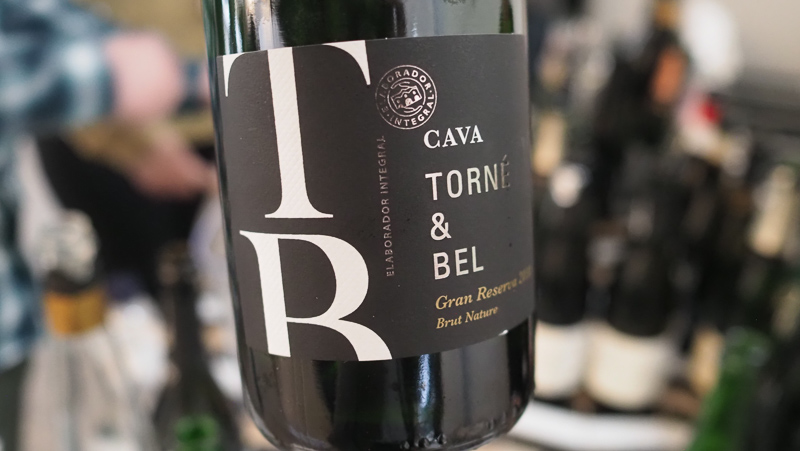
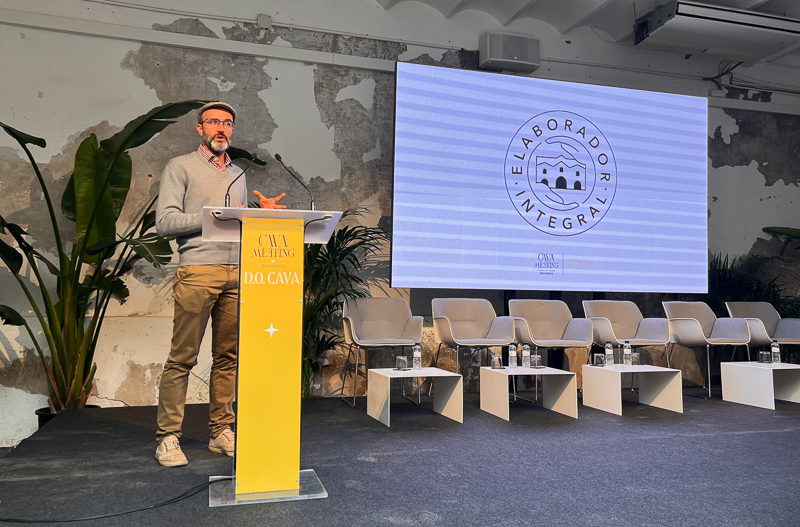
The first is a producer stamp identifying those who do everything from pressing to bottling on their own property, called Elaborador Integral. As yet there are just 15 producers in this category. It covers Cava wineries who do everything in house: they grow the grapes, make the wines, age the wines on lees, disgorge them and then sell them. It doesn’t mean that these are necessarily the best Cavas: some houses make superb wines from bought in grapes. But doing everything in house is a good indicator that a producer is quality focused. You’d be surprised at some of the big names in Cava who don’t even own a press: they buy in juice and wine.
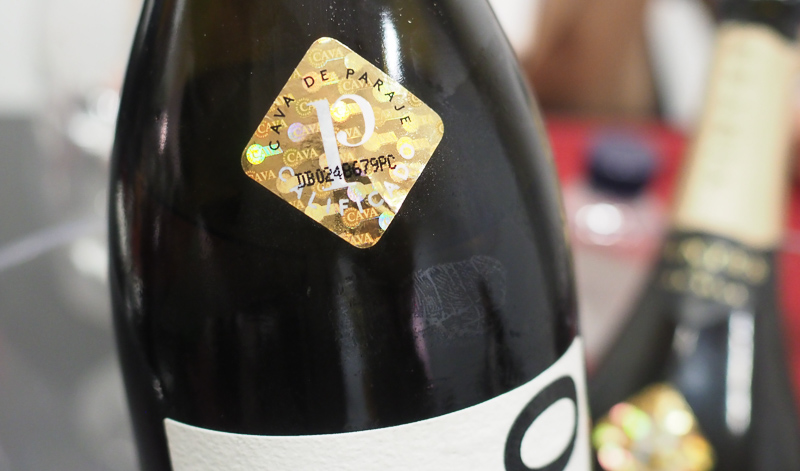
The second is Paraje Calificado, which is the highest level of Cava. There is a separate tasting panel for this. The maximum yield is 8 tons/ha, the grapes must be harvested manually, and the wine must spend at least 36 months on the lees (but most do more). They must be Brut, Extra Brut or Brut Nature, made on the estate, with a 48 hl/ha maximum yield. These are the ultimate wines of place. Again, there aren’t too many, yet, but this is potentially the very top tier of quality in the region.
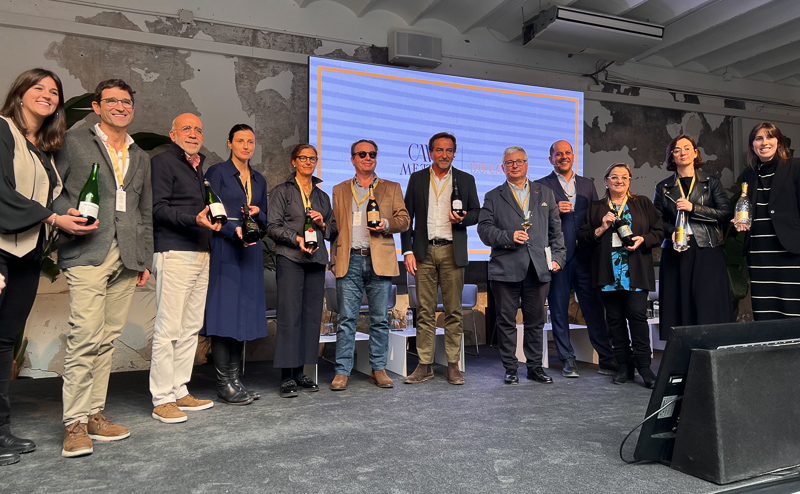
As more producers adopt these, the stickers on the bottle could become a useful buying cue for consumers, but it will take some time. Again, the key is to build up brand equity in these two names, and make sure none leaks away.
One easy way to raise the image of Cava is packaging. It sounds shallow, but producers need to think about how they package their wines, and whether this could be something that limits their appeal in international markets and with younger drinkers. I’m not suggesting that all labels need to be modern: some do old-school labels really well, in a way that makes them look incredibly cool. Juve y Camps would be a great example here. Too many, though, are neither cool-old-school or modern – they are stuck in the in-between wasteland. The challenge is that what works on the Spanish domestic market might not work abroad in markets with a different aesthetic sensibility. There is also a profusion of different bottle shapes in the region, some of which limit market acceptance in export markets which don’t warm to these innovations. It might be good to see wider acceptance of lightweight sparkling bottles, and also an avoidance of clear glass which presents quality challenges because of light strike.
Finally, the good news is that there are a lot of impressive Cavas in the marketplace. I tasted a lot of wines, and in conjunction with a vist to the main Cava area in May, I can now list perhaps 50 wines that I think are world class examples of traditional method sparkling, with a distinctive Cava personality. I’ll publish a list soon!
So this was a great conference, well organized, and I think it achieved its objectives. There’s work to be done by the DO, but they are on the right lines.

